How to shop for an ethical engagement ring
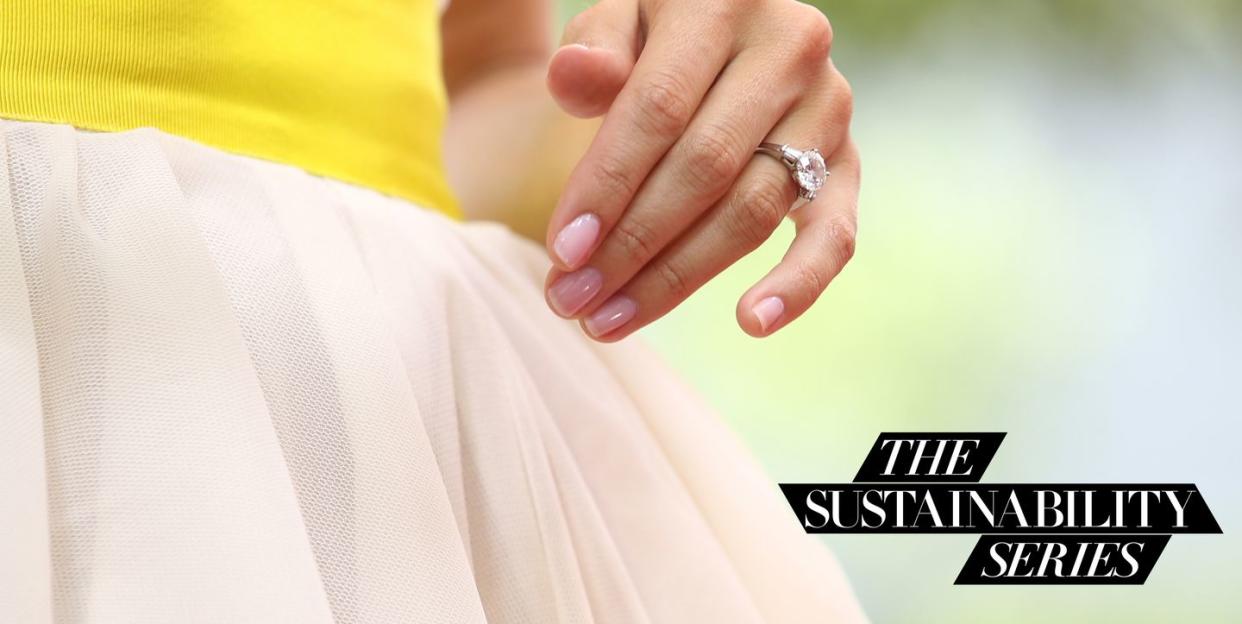
We all know the basics when it comes to being more sustainable and ethical in our everyday lives; cutting down on single-use plastic, staying away from fast fashion and eating less meat can all help save our planet, but what can we do when it comes to our jewellery box?
The mining industry has taken a huge toll on the environment, resulting in deforestation, soil erosion, relocation of local people, vanishing wildlife and desolate landscapes. Just one poorly-sourced gold ring can generate as much as 20 tonnes of waste.
Jeweller Ingle & Rhode is a pioneer of ethical sourcing, using only conflict-free gems, Canadian diamonds and Fairtrade or recycled gold and platinum to create their pieces.
"When it comes to engagement rings and fine jewellery, diamonds are particularly problematic," Tim Ingle, co-founder of Ingle & Rhode, explains.

"Blood diamonds are mined in war-torn countries where conflict is often funded by the diamond trade. Here, diamonds signify worker exploitation and atrocious human rights abuses rather than romance and commitment.
"Diamond miners are some of the poorest people on the planet and work in extremely dangerous conditions."
Historically, the diamond industry is well-known for conflict and its impact on the environment. Lark and Berry, a lab-grown diamond jeweller, echoes the dangerous rippling effect of using blood diamonds.
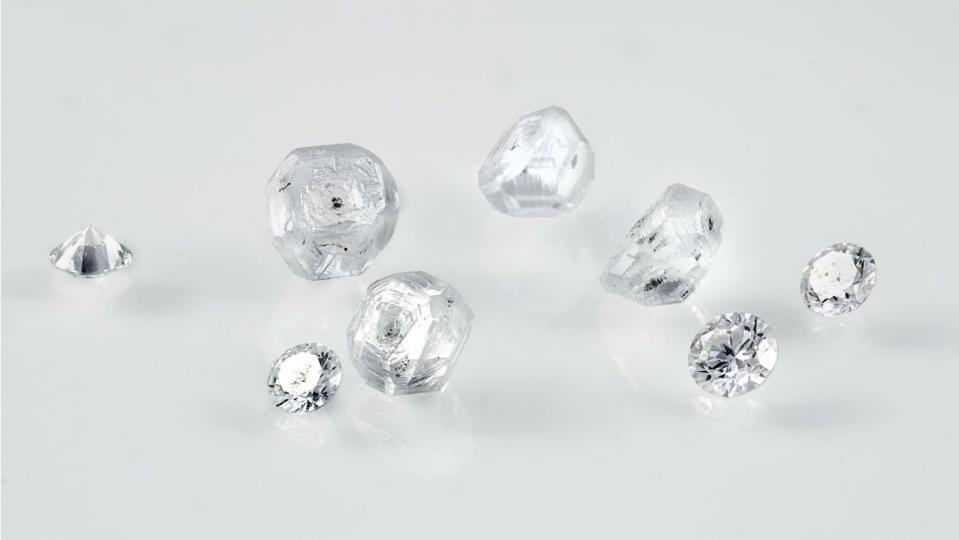
"It can be an overwhelming worry whether your diamond was smuggled out of a war-torn area or caused hurt," says founder Laura Chavez. "Sadly this still happens".
However, it is now possible to purchase ethical jewellery that won't have these devastating links. What's better yet, you don't have to sacrifice on quality or style in doing so.
"Cultured diamonds offer us the ability to protect land, people and animals without us having to give up quality", she explains.
But there are also ways to buy naturally-occurring diamonds too, if you navigate the process correctly.
A changing market
A study by YouGov revealed that nine per cent of millennials believe that ethics are the single most important factor when it comes to buying or receiving an engagement ring. This might not sound like a huge number, but it’s a lot higher than it would have been if you asked the same question 25 years ago.
"We have a lot to thank the millennial generation for," says Ingle & Rhode co-founder David Rhode. "They’re more ethically minded than the generations that came before them and they’re all reaching an age of getting engaged and getting married."
An advancement in technology has also shaped the market.
"It’s always been important to shop ethically for anything we buy, however this hasn’t always been an option," points out Chavez. "Now, in the age of information and tech, it’s becoming a possibility in every sector to do so."
Many labels are now choosing to use laboratory-grown diamonds rather than their natural counterparts in an effort to have a more ethical and sustainable footprint.
Others, such as the classic jeweller Tiffany & Co, believe that transparency is key.
"We are devoted to gaining a better understanding of the social, economic, and environmental impact of the mining and processing of our precious material", explains Tiffany's sustainability officer Anisa Kamadoli Costa.
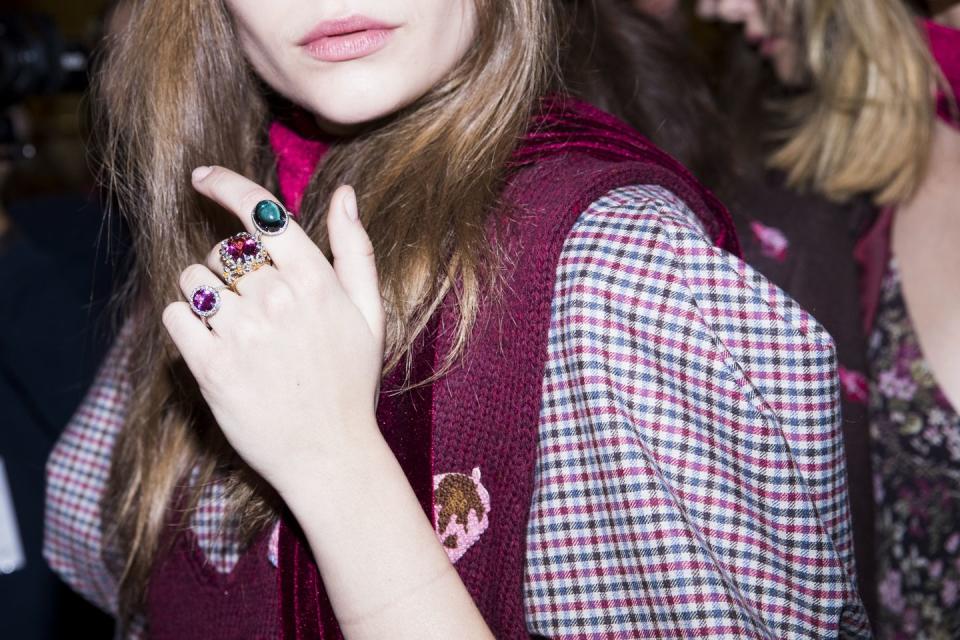
"This is so that we can make positive change along the supply chain, all the way from the mine to consumer. We want our customers to know that the jewellery they purchase from us is created by a company that honours the earth and values the artisans who craft our wares."
What to ask your jeweller
Is the stone conflict-free?
Many jewellers will tell you that their diamonds are 'Kimberley-certified' and are therefore conflict-free, but this isn’t enough. The Kimberley Process Certification Scheme (KPCS) was introduced in 2003 in an attempt to eliminate the trade in conflict diamonds, however, diamonds produced in conflict zones are still being smuggled to KPCS regions to be certified.
"The problem is therefore far from eradicated, and blood diamonds from places like eastern DRC and Zimbabwe are still on the market," says Ingle. "If your jeweller cannot trace a precious stone back to its source, you can't be certain that it is conflict-free. Kimberley Process Certification is not enough."
Essentially, you need to dig deeper to be sure.
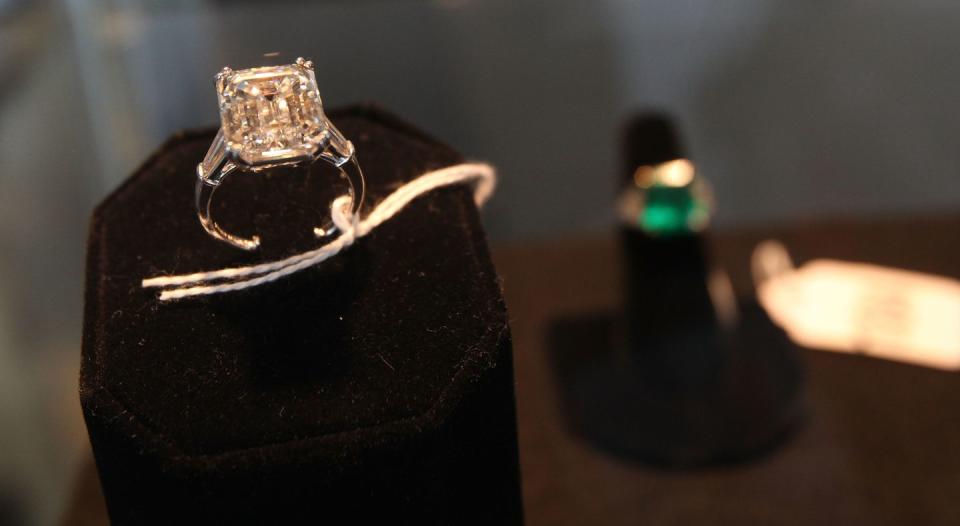
Where exactly was the stone mined?
Your jeweller needs to be able to trace the precious stone back to its exact source if you want to be certain that it has not been mined from an area of conflict.
"Our diamonds come only from the Ekati and Diavik mines in Canada and are mined, cut and polished with due care for the environment and human rights," explains Ingle.
"Many of the larger stones are even engraved. They are all traceable and 100 per cent conflict-free."
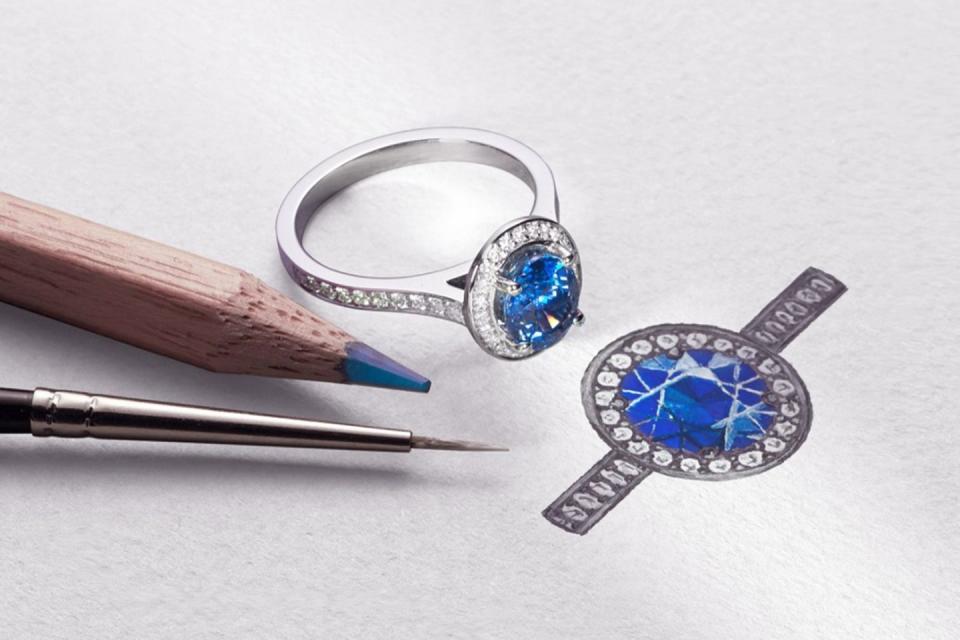
If a jeweller is truly ethical with their practice, they'll take time over their designs and seek out the right stone for each ring. Ingle & Rhode offers a bespoke service; they select particular gemstones that fit the specific design, which minimises wastage during the design process.
Is the stone Fairtrade?
Despite being conflict-free, many diamonds and other precious stones are still cut and polished in sweatshop conditions for well below the minimum wage. Make sure your jeweller knows your stone’s journey to you, as well as the source, so that you can be sure that it fits with Fairtrade guidelines.
"There are number of places, namely Canada, the US and Australia, where this can be guaranteed," Ingle advises. "There are lots of small-scale mining cooperatives where the wealth generated by mining is retained by local communities."
Is the metal either Fairtrade or recycled?
Make sure you do your research on a jeweller beforehand to find out whether they're fully certified with Fairtrade practices.
Ingle explains: "Gold that's certified to Fairtrade standards provides miners and communities with a better standard of life, so make sure your jeweller sources its gold from one of the four Fairtrade certified mining organisations in the world: MACDESA, AURELSA and SOTRAMI in Peru, and SAMA in Uganda."
Another option is to use precious metals that come from a refinery that sources old gold and platinum and refines them back to their pure form. Recycled gold and platinum reduces demand on mines and lessens the impact of unethical mining practices.
Consider reworking a vintage find or a family heirloom for your engagement to put a personal spin on the piece and avoid the risk of using conflict stones in the process.
Where was the ring manufactured?
"Most jewellers manufacture their pieces in Asia as it's cheaper for business, but comes at the expense of poor working conditions and pay," explains Ingle. "Your jeweller should be able to tell you exactly where your jewellery was made, and ideally the names of the craftsmen and women who created it."
Ingle & Rhode only use craftsmen and designers from the UK, so you know that your ring hasn’t been manufactured under unfair conditions. This also ensures that your piece of jewellery has not had to travel hundreds of miles around the globe.
In a similar way to the food industry, a high-quality restaurant will be able to tell you exactly where they got the food on your plate from, a jeweller should be able to trace back where the metal and stone is from and how and where the ring was manufactured. If there is any hesitation, it's probably best to take your money elsewhere.
In need of some at-home inspiration? Sign up to our free weekly newsletter for skincare and self-care, the latest cultural hits to read and download, and the little luxuries that make staying in so much more satisfying.
Plus, sign up here to get Harper’s Bazaar magazine delivered straight to your door.
You Might Also Like


